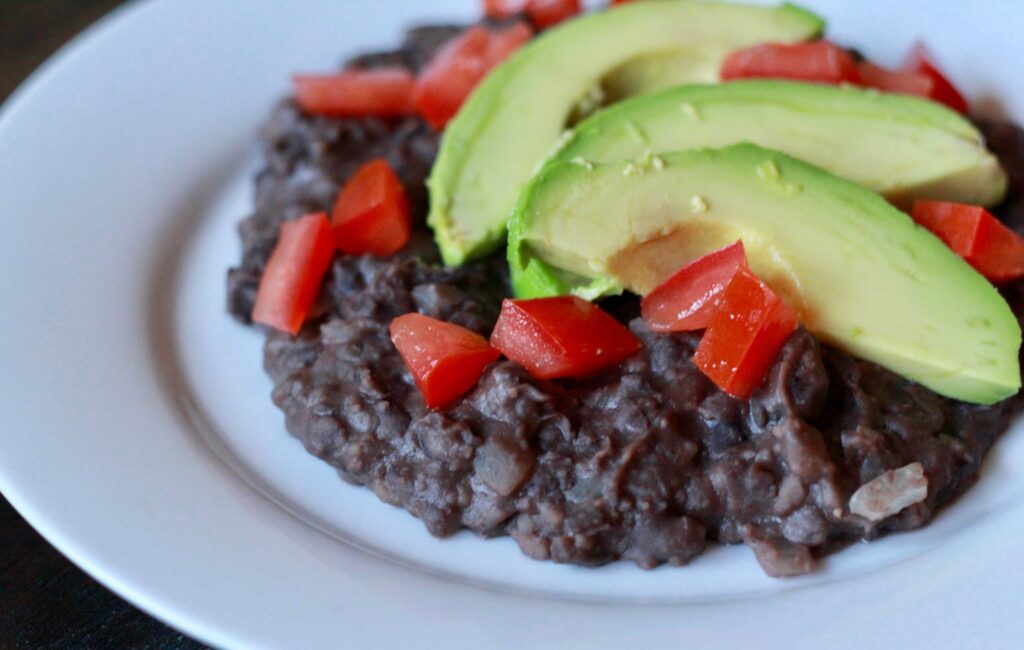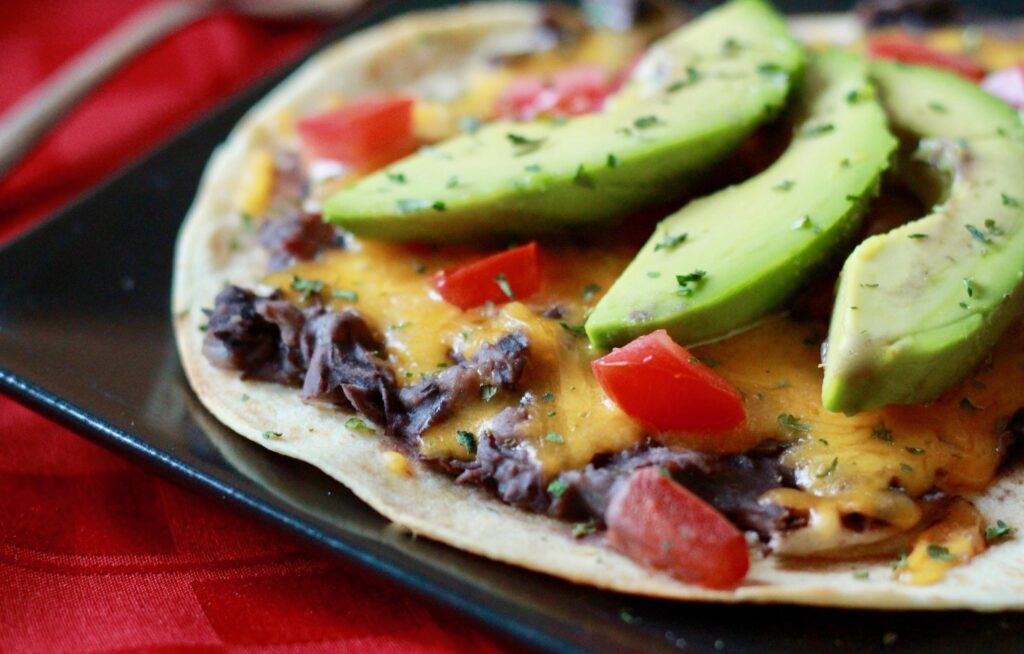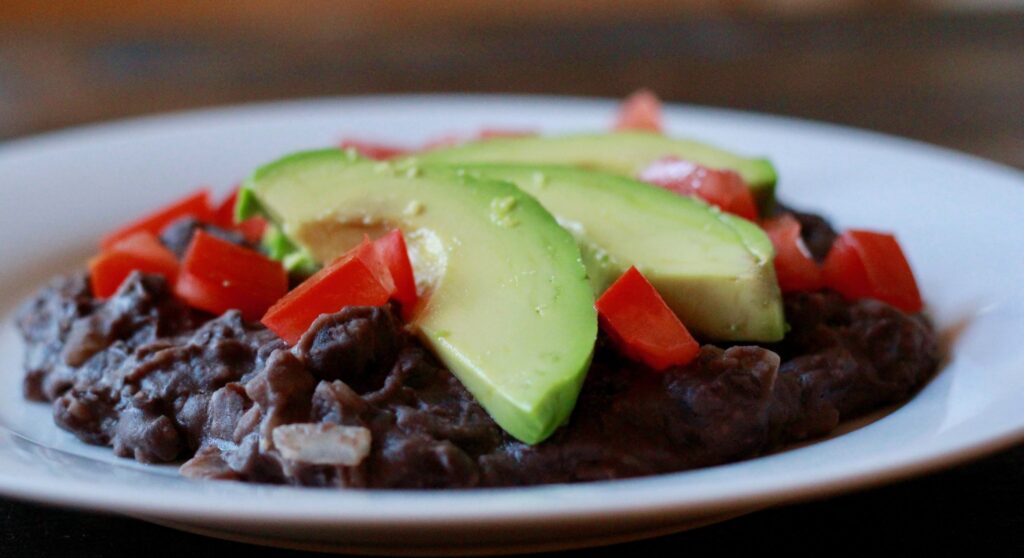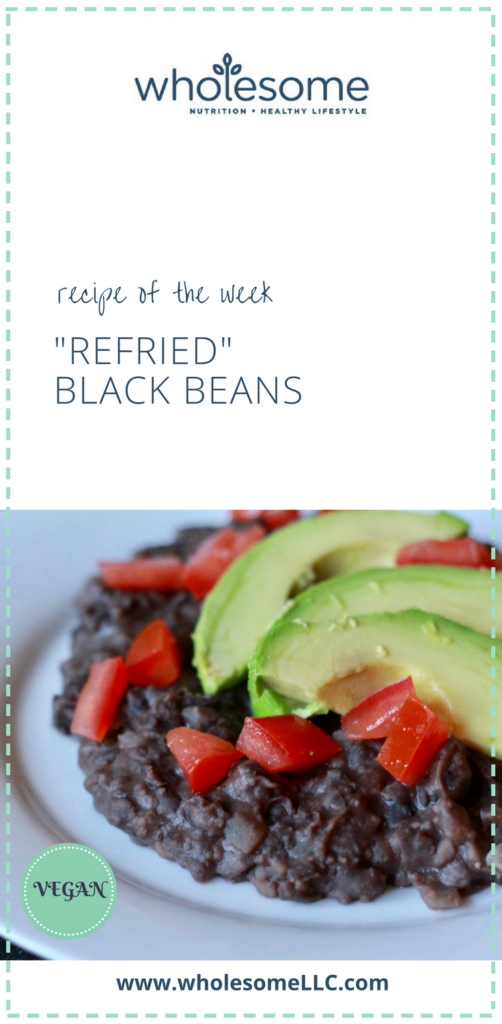The Wholesome Journey - Group Nutrition Coaching Program
Mentorship Program, 1:1 Nutrition Coaching with Alison
What do you want to learn more about?
Program Login
Podcast Features
December 14, 2016
Alison Tierney, MS, RD, CD, CSO
Alison is a registered dietitian, board-certified in oncology nutrition, and a cancer thriver. Her expertise in oncology nutrition and personal experience with her own cancer diagnosis and its treatment provide her with the unique perspective of being able to relate to her clients on an entirely different level. Her content is consistently focused on evidence-based guidelines and seeks to increase the awareness of the power of nutrition to complement traditional cancer therapies.
- Alison Tierney, MS, RD, CD, CSO
- Alison Tierney, MS, RD, CD, CSO
- Alison Tierney, MS, RD, CD, CSO
- Alison Tierney, MS, RD, CD, CSO
My husband and I were in Costa Rica in 2010. Just as expected in Latin American countries, we encountered many dishes with rice and beans. Rice and beans for breakfast. Rice and beans for lunch. Rice and beans for dinner. My naive taste buds at the time were not so excited about the practically all-you-can-eat rice and beans. But these days, my pantry is stocked with beans! All different kind of beans. Black beans. Kidney beans. Garbanzo beans. Navy beans. You get my drift.

I often think back to our time in Costa Rica now that I like beans and feel bummed that “I didn’t like beans” at the time and therefore most likely missed out on a whole lot of tremendous local dishes. Luckily, my taste buds have grown up since then. Beans are a daily thing around our house. Thank goodness my husband enjoys them too–otherwise I’m not sure he would embrace my cooking and these amazing little nuggets full of nutrients.
One of my professors once said she believed beans were a miracle food for those with heart disease. I couldn’t agree more–with the addition of beans as a miracle food in general. Wait, I believe the buzz word I might be looking for is superfood.

When I talk about beans, I’m referring to dry beans–or those in their natural state are dry. Therefore, this does not include green beans that many of my patients are thinking of when I mention beans. Dry beans, peas, and lentils (or, legumes) are generally lumped together when it comes to a food group as they contain similar nutrients. This food group makes the list for the American Institute for Cancer Research’s (AICR) Foods that Fight Cancer. If you aren’t including this nutrient packed food group in your daily intake, here’s what you are missing:
Rich fiber source (20% of your daily value)
Rich protein source (yes, even though it is a plant)
Excellent source of folate (>20% daily value)
Good source of iron (>10% daily value; non-heme iron)
Resistance starch, used by healthy bacteria which ultimately protects colon cells
Antioxidants and phytochemicals
If you don’t already include beans regularly in your diet, I know one word is running through your mind–gas. Anytime one increases the amount of fiber in their diet, it should be slowly increased. Although I recommend at least 1/2 cup to 1 cup of beans or legumes daily, don’t start with that if you don’t already regularly consume beans or other fiber rich foods. Start with a small amount and increase the frequency gradually. Eventually, your body will get used to it and you won’t have to worry about that one word.
Okay. I know the next thing you’re thinking–how do I increase my bean consumption? Well I have the perfect and easiest recipe for you to get you started: “Refried” Black Beans. To my knowledge, refried beans are traditionally made with lard making these source of beans not the healthiest option. However, you can make your own “refried” beans right on your stove top in a matter of minutes. This recipe is a great option for adding to burritos or tacos, dipping tortilla chips, or simply adding rice for a delicious, yet simple, rice and bean dish. The options are endless! Plus, stay tuned for more recipes here at Wholesome where you’ll find many recipes that incorporate this cancer fighting food group.

“Refried” Black Beans
Yields: 3-4 servings
ingredients
1 tablespoon extra virgin olive oil
2 cloves garlic, minced
1 small onion, diced (approx. 1/2 cup)
1 can (15.5 ounces) low-sodium (or no-salt-added) black beans
directions
Heat a medium saucepan on medium-high heat. Once heated, add the olive oil, garlic, and onion. Saute until the onion begins to become somewhat translucent, about 3 minutes.
Next, add the can of beans (do not drain the liquid). Using an avocado masher, or simply a fork, mash the beans to your desired consistency. Cook the beans until most of the liquid has become absorbed, about 3-5 minutes–but again, until your desired consistency.

“Refried” Black Beans
Wholesome LLC is not a medical practice, and its employees cannot offer medical advice. This website provides educational information but it is not a substitute for medical advice from a licensed medical professional who is familiar with your particular facts and circumstances. The information contained on this website is not intended to diagnose, treat, or cure any disease and shall not be construed as medical advice. The information and education on this website is provided for you to use at your own discretion.
You can further review our disclaimer here.
Wholesome
About Alison
Courses & Programs
The Wholesome Journey
Free Resources
FAQs
Press & Media
Recipes
Blog
Contact Us
Shop
© 2025 Wholesome, LLC All rights reserved.
Privacy Policy
Terms of Use
Disclaimer
Mobile Terms of Service